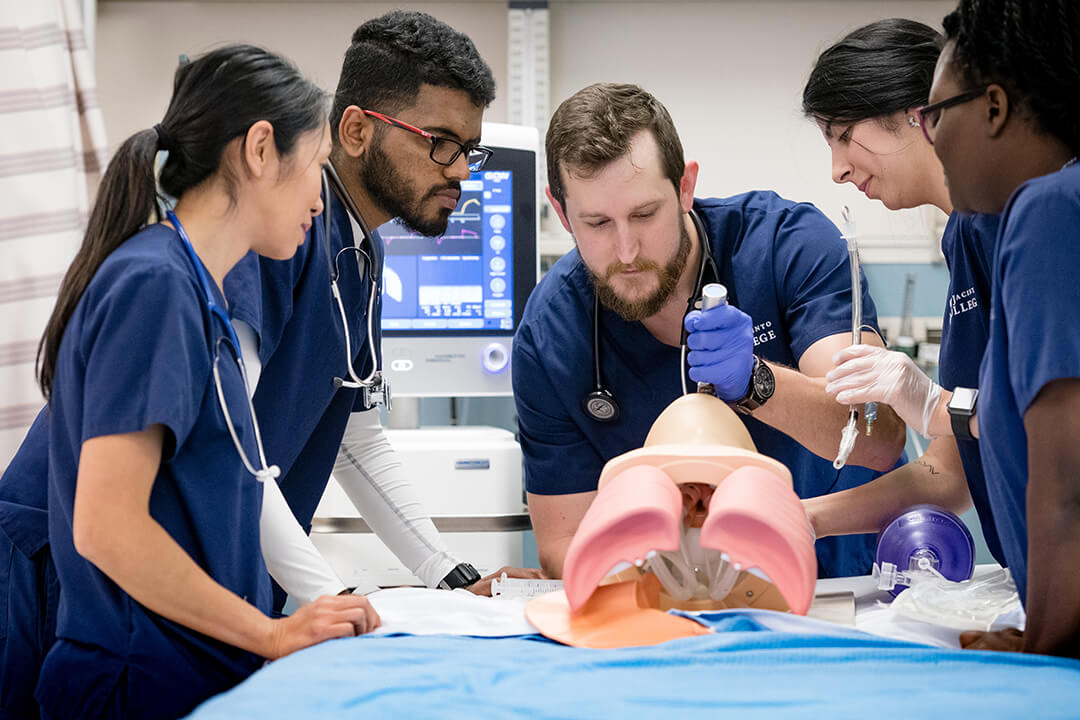
Taking Responsibility for Student Outcomes After Graduation
Blog Post
Over the last decade, many community colleges have made strides in committing to student success through graduation. At San Jacinto College, in the Houston metropolitan area, that commitment doesn’t end with a diploma. Rather, San Jac takes responsibility for how students fare even after leaving the college, both in the workforce and at transfer destinations.
San Jac’s partnerships with industry and transfer institutions are defined by mutual trust, respect, and two-way accountability. The strength of these relationships enables San Jac to receive honest feedback on how students are doing and take actionable steps to improve programs and practices that prepare students for life after San Jac.
San Jac stays responsive to local workforce needs by partnering with key industries in the region, developing state-of-the-art training centers in collaboration with local employers, and establishing degrees in high-demand fields. While this kind of collaboration is common among excellent community colleges, San Jac plays an unusually strong role in strategic conversations that drive progress in the region. Brenda Hellyer, chancellor since 2009, regularly convenes industry CEOs and other regional workforce leaders in a think-tank style setting to discuss high-level goals. “San Jacinto is proactive,” said Steve Altemus, president and CEO of Intuitive Machines, an engineering company that designs equipment for NASA. “The college is there, engaged with the community, engaged with the city, engaged with the industry trying to solve the problem.”
After hearing from petrochemical employers that curriculum and equipment was outdated, over the course of a year, San Jac added more hands-on instruction, improved the facilities, and hired instructors familiar with the latest technology. The cooperation goes both ways: The college secured a commitment that employers would hire qualified San Jac graduates after implementing these changes. San Jac’s strategic relationships with employers and responsiveness to workforce needs yields strong results for students: San Jac graduates with an associate of applied science degree, intended to prepare students to immediately enter the workforce, earned nearly $15,000 more than the average new hire in the county.
Long an exemplar in workforce programming, San Jac has focused in recent years on excellence in transfer as well. The college’s leaders have taken a leading role in a regional initiative designed to create seamless pathways between two-year and four-year institutions. And San Jac faculty, department chairs, and deans regularly meet with their counterparts at neighboring four-year institutions to ensure alignment of courses and degree pathways. In areas where students struggle after transfer, they make the necessary changes. For instance, when it was clear that several math and science courses were misaligned with expectations at four-year institutions, San Jac faculty changed course syllabi, assignments, exams, and textbooks.
This reflects the college’s ambitious approach to addressing challenges: When data show a need for improvement, San Jac quickly finds strategies that work and scales them up to serve all students. As a result, virtually all its student outcomes metrics have been moving upward for several years, with more progress likely ahead.
